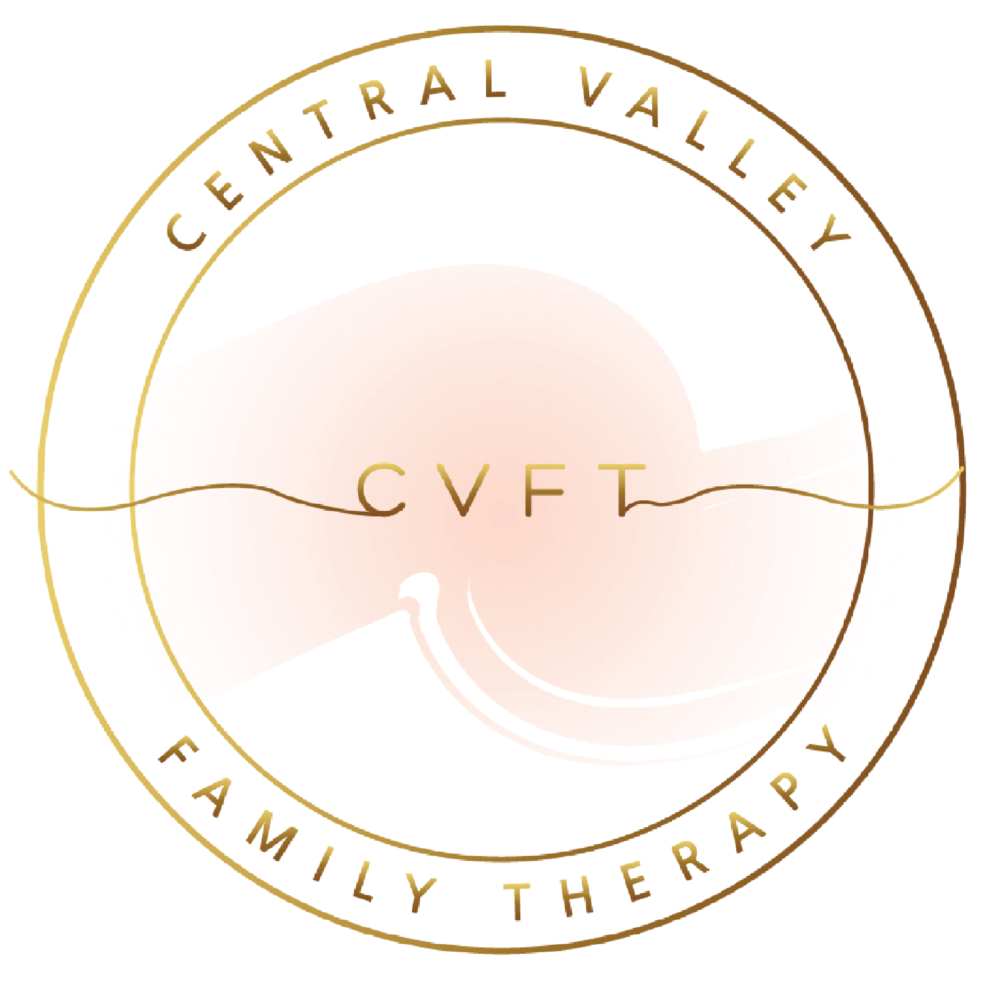It’s a question that sits quietly in the background for a long time before it finally makes its way to the surface.
“What do I even want anymore?”
Not what other people want for you.
Not what’s expected, required, or safe.
But you—your desires, your longings, your voice.
If this question is tugging at you lately, know that you’re not alone. Many of us reach a point in our lives—often after major life changes, burnout, motherhood, a breakup, or simply years of autopilot—where we realize we’ve been moving, doing, achieving… without really checking in.
And now, here you are, wondering where to begin.
Step One: Give Yourself Permission to Want More
This is the part we often skip, but it matters. Before you even try to figure out what you want, you need to believe that you’re allowed to want.
You’re allowed to want something different.
You’re allowed to want something more.
You’re allowed to want things that don’t make sense to everyone else.
So many people stay stuck because they feel guilty or unworthy for having desires in the first place. But your wants don’t make you selfish or unrealistic—they make you human. They are your soul’s way of guiding you back to yourself.
Step Two: Get Quiet Enough to Listen
In a world full of noise, productivity, and distractions, it’s easy to lose the sound of your own voice. That’s why clarity often requires stillness.
Start small. Take a walk without your phone. Journal without a prompt. Sit in the car for five extra minutes and just breathe.
Ask yourself gently:
-
What have I been craving more of lately?
-
What makes me feel alive, even in tiny moments?
-
What do I miss that I’ve stopped doing—or stopped dreaming about?
-
If I didn’t have to worry about anyone else’s opinion, what would I explore?
You don’t need all the answers right away. Even a whisper is a start.
Step Three: Try, Notice, Adjust
Here’s the thing: clarity often comes from doing, not just thinking. Sometimes you figure out what you want by trying something and realizing it doesn’t fit. That’s not failure—that’s data.
Sign up for the class.
Have the hard conversation.
Volunteer. Rest. Travel. Say yes. Say no.
Then reflect. Did it energize you or drain you? Did you feel more like yourself, or more like you were performing? Every experience is a breadcrumb pointing you closer to truth.
Step Four: Separate Your Voice from Everyone Else’s
Sometimes we think we don’t know what we want—but what’s really happening is that we’ve absorbed everyone else’s expectations so deeply, we can’t hear ourselves over them.
Your parents’ vision.
Society’s rules.
A partner’s needs.
That internal critic who says “you’re too much” or “not enough.”
It helps to ask:
Is this something I truly desire—or something I’ve been told I should want?
If no one was watching, what would I choose?
Reclaiming your wants means unlearning some things, too.
Step Five: Let It Be a Process, Not a Pressure
You don’t have to figure it all out in one day. Or one season. Or one therapy session. This is lifelong work.
You are not behind.
You are not broken because you don’t have a five-year plan.
You are growing—and growth is rarely linear or clear-cut.
Sometimes figuring out what you want looks like taking a break.
Sometimes it looks like letting go of things that used to matter.
Sometimes it means admitting you’ve changed.
That’s okay. You’re allowed to change.
Final Thoughts: Your Desire Is Not a Distraction—It’s a Compass
Wanting something more isn’t a flaw. It’s your inner wisdom tapping you on the shoulder, whispering: There’s more for you. Not more to chase or earn—but more to align with. More joy. More truth. More presence.
So give yourself permission to want.
Then listen.
Then follow what lights you up—one step at a time.
You might be surprised where it leads.


Recent Comments